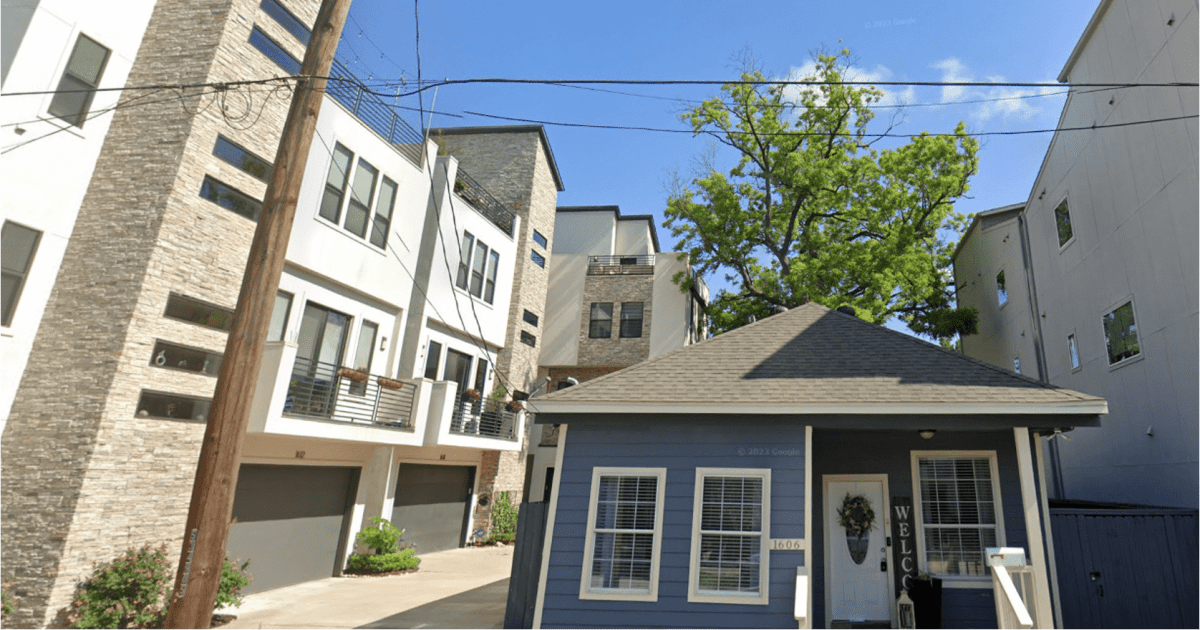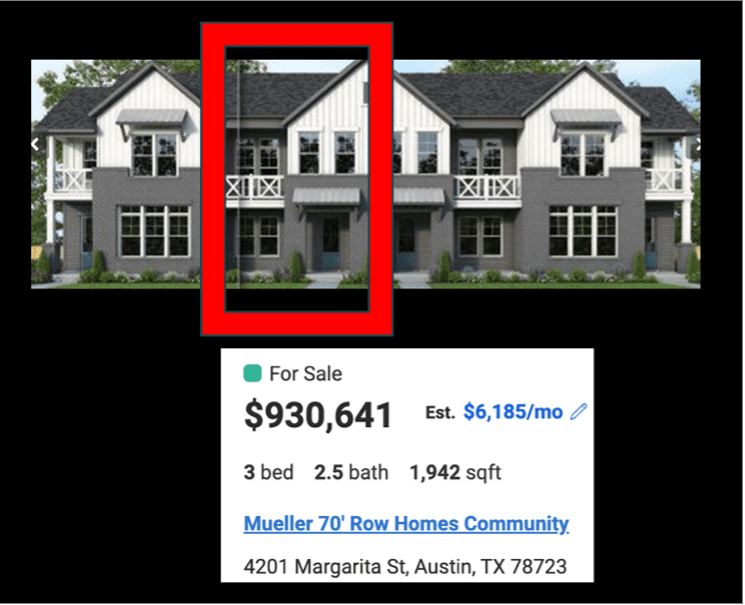
KEY POINTS:
- The Austin City Council plans to allow six units on a 5,000 square-foot lot and nine units on a 7,500 square-foot lot
- The proposal won’t deliver middle-income housing in the Austin market, as promised
- Concerned residents should file formal protests to protect their homes
I believe this resolution is much more drastic and goes much further than anything our staff brought to Council for a vote during the CodeNext or Land Development Code process.
— Council Member Alison Alter
Continuing the pattern set by the Adler Council, Mayor Watson and the City Council are pushing extreme land use changes in single-family neighborhoods without prior notice to or consultation with the communities they target, sowing anger and confusion and setting up unnecessary confrontation and conflict.
The Council’s July 20, 2023 resolution directed city staff to prepare code amendments to allow three units per lot in single-family zoning districts and to reduce the minimum lot size to 2,500 square feet—a two-step process the Council will authorize in separate code amendments. The two steps combined will allow six units, after subdivision, on a 5,000 square-foot lot and nine units on a 7,500 square-foot parcel. This is multi-family zoning. The resolution also proposed as yet undisclosed changes to the lots’ setback, height, impervious cover, and floor-to-area ratio (FAR) standards.
These extreme amendments, with their irreversible changes and predictable negative consequences, lacking critical details about heights, setbacks, etc., have forced property owners to file formal protests to preserve their rights and assert their views. It should never have gotten to this point.
Austinites want community planning where, together, we can do the important work of balancing interests, addressing complex challenges and making decisions within the context of our built environment. Instead, we are confronted with extreme proposals (with cute acronyms) that cut out the community and turn redevelopment decisions over to the developers and the marketplace.
To make matters worse, these proposals defy common sense and are based on assumptions and wishful thinking rather than facts and everyday experience. For example, the Council’s resolution is based on the assumption that it will provide “middle-income” housing.
Council Member Pool’s info sheet says, “On a smaller, less expensive lot, the home will be constrained in size, creating a housing typology more attainable to a middle-class budget.”
The Resolution advises:
“The City Manager is encouraged to propose changes that are informed by the design principles developed in the Mueller Plan.”
So, let’s look at Mueller for the “smaller less expensive lots” that create housing constrained in size for a middle-class budget. Row houses are one of the housing types the resolution says it will promote.
A new row house on Margarita Street, in Mueller, is for sale. It is a 1,942-square-foot unit built on a 1,742.4-square-foot lot (TCAD). The Mueller row house is only 358 square feet smaller than the largest house (2,300 square feet) you can build on a standard 5,750 square-foot lot in central Austin.
The Mueller row house is priced at $930,641. To be considered middle-income in Austin, you must earn between $53,293 and $159,084. If you make $53,000 per year, you can afford a house up to approximately $158,000. If you make $159,000 per year, you can afford a home up to roughly $520,000.
In other words, the Pool Resolution’s preferred housing type in its preferred neighborhood on an even smaller lot than the resolution proposes would cost approximately $400,000 more than the highest “middle-income” Austin wage earner could afford.
In the Austin market, the development industry builds the most profitable house that the market will bear, regardless of lot size.
The big winners from the Pool proposal are developers who can sell more high-priced units per lot than they can today in single-family zoning and the City of Austin, which can reap the increased tax revenues. Who won’t be winning are the middle-income wage earners despite being the resolution’s poster children. Existing SF-3 homeowners don’t need this resolution—they can build an additional unit (ADU) on their property under existing regulations.
The resolution’s zoning changes are being sold under the acronym “HOME,” standing for “Home Options for Middle Income Empowerment.” Perhaps HOME more accurately reflects the “Harmful Opportunities for Market Exploitation” of our neighborhoods.
To preserve your rights and encourage better government, file a protest today. Also, mark your calendar for the October 26, 2023, combined City Council and Planning Commission hearing.
